01 April, 19 / Asphalt Repairs, Crack Seal, Patching
Weather cycles bring a pattern of expansion and contraction to any pavement project. Over the course of time, changing seasons can lead to cracking, potholes and other maintenance problems. These problems may continue to degrade if moisture sinks into the asphalt’s base, requiring more extensive repairs.
Every parking lot has unique maintenance needs, just like the building itself. Sunland Asphalt is your partner for parking lot repair. We can help you develop a maintenance plan to restore the lot’s appearance and extend its life, which leads to bigger cost savings over time. Here’s a look at some of the most common pavement problems, including issues common with roadways, and how we can remedy them.
This problem gets its name from the look of the alligator skin. Alligator Cracking is a pattern of interconnected lines or cracks that signal structural failure. This cracking typically begins as lengthy cracks, which will eventually spread, deteriorating into alligator cracking. Like rutting, cracking comes from a surface or base that is too thin, or weak layers of surface, base or subgrade. If caught early on, cracks can often be filled with crack seal material and sealcoated to protect against moisture. Once cracks deteriorate to Alligator Cracking, the only real repair is to remove the asphalt and base, then repave.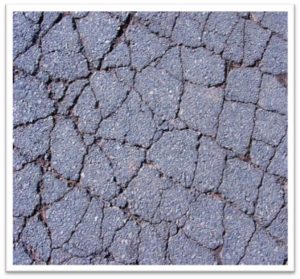
Pot holes start as small holes and have worked their way down through the top pavement layers to its base, leaving sharp edges around the opening. Potholes can also develop when alligator cracking goes unrepaired and moisture continues down into the base. The cracks continue to worsen, dislodging smaller pieces of pavement, which are moved by passing cars and trucks, leaving a hole behind. To repair potholes, we can cut out the section of asphalt and replace it.
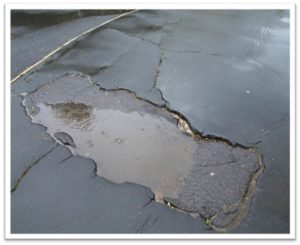
There are many types of cracks, and many can be repaired by simple crack sealing if acted on quickly. Here are a few additional types to watch for:
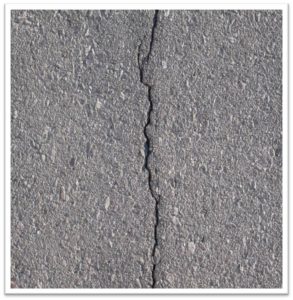
This problem occurs when pavement does not receive the expected warm-weather traffic it needs to further compact and knead the asphalt together. Pieces of pavement start to separate from the surface, leaving little indentations behind. If raveling is left unchecked, increasingly bigger pieces break off, leaving rough, uneven surfaces.
The most common cause of raveling is pouring asphalt when the weather is too cool, typically in late fall/early winter. Northern regions in the U.S. see this problem more often, as their winters approach earlier and sometimes without warning. There are multiple methods to repair a raveling surface, including applying overlays or a variety of sealing methods.

As traffic makes ruts in dirt roads, it can also create ruts, or indents, in pavement. These happen when lower layers of the pavement or base materials shift as a result of a thin layer of pavement, weak asphalt or moisture permeation. It can also occur when asphalt, aggregate or soil is not firmly compacted. Fill and overlay work as a repair for minor rutting, but more severe instances can call for removal and replacement of the rutted section.
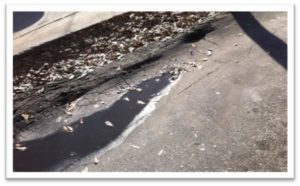
A depression is an area of pavement that sits a bit lower than the surrounding surface. Depressions end up collecting water when it rains, which can result in additional damage as the water enters lower levels of the pavement and base. Repair depends on how large the depression has become. A thin patch can fix a shallow depression. However, larger depressions may need to be removed and replaced.
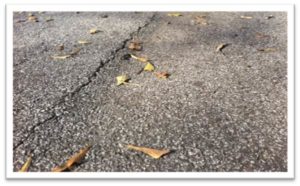
Sunland Asphalt can help you make the most of your pavement life by repairing these problems before they become serious. Doing so can help you avoid major repairs by correcting cracks and other issues before they worsen. Sunland has over 40 years of experience in pavement repair projects. With offices nationwide, we are available to help with all your asphalt needs. For a free estimate on your project, click the Contact Our Experts button below.
Copyright 2022 • Sunland Asphalt & Construction, LLC
Copyright 2022
Sunland Asphalt & Construction, LLC